Ayer Longitudinal Employer-Household Dynamics (LEHD On The Map)
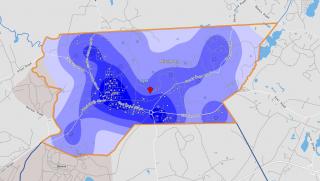
The Longitudinal Employer-Household Dynamics (LEHD) program is part of the Center for Economic Studies at the U.S. Census Bureau. The LEHD program produces new, cost effective, public-use information combining federal, state and Census Bureau data on employers and employees under the Local Employment Dynamics (LED) Partnership. State and local authorities increasingly need detailed local information about their economies to make informed decisions. The LED Partnership works to fill critical data gaps and provide indicators needed by state & local authorities.
Under the LED Partnership, states agree to share Unemployment Insurance earnings data and the Quarterly Census of Employment and Wages (QCEW) data with the Census Bureau. The LEHD program combines these administrative data, additional administrative data and data from censuses and surveys. From these data, the program creates statistics on employment, earnings, and job flows at detailed levels of geography and industry and for different demographic groups. In addition, the LEHD program uses these data to create partially synthetic data on workers' residential patterns.
(2019) 2nd Quarter - Massachusetts Counties Job Gains: Middlesex County Leads the Way.
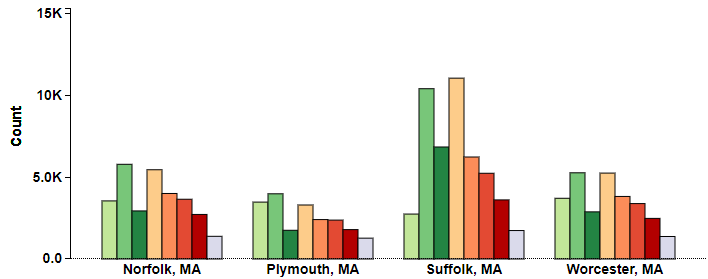
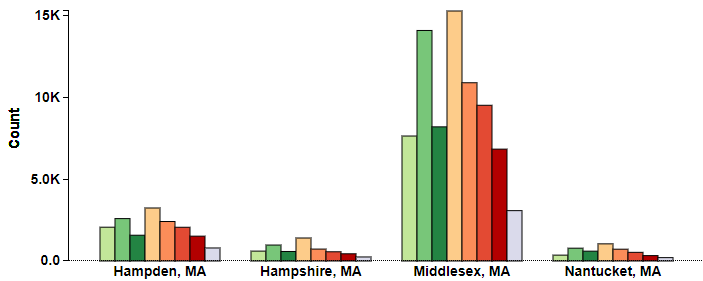
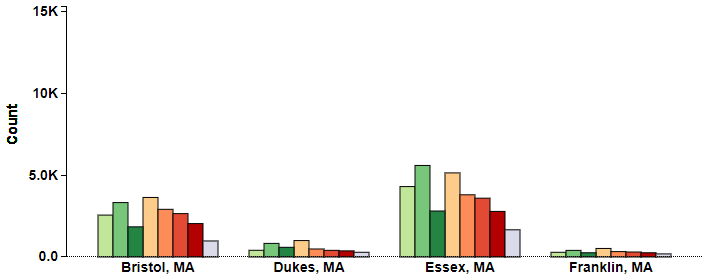
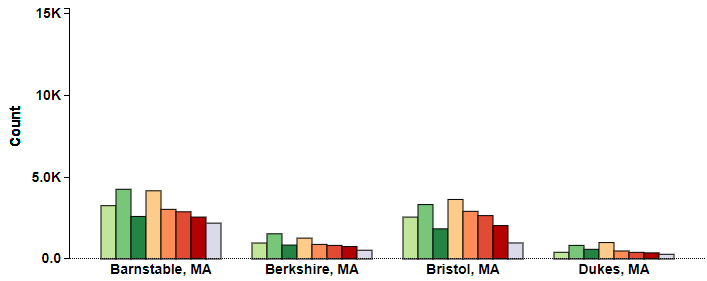
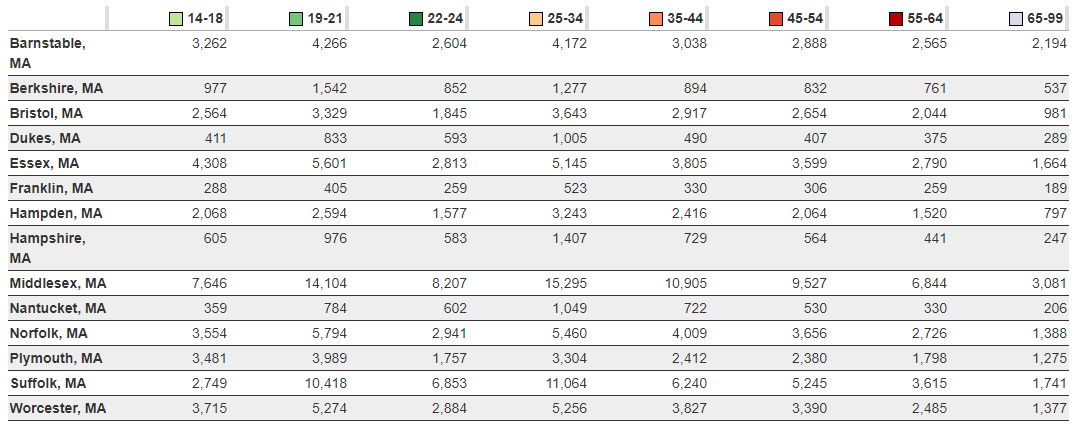
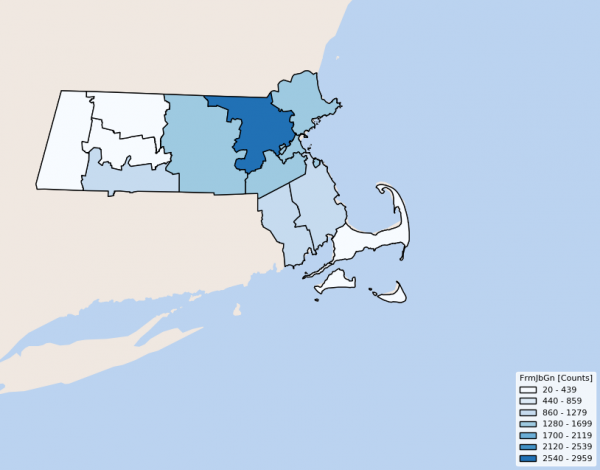
Ayer Residents Commute to Employment in a Predominantly East/Southeast Direction (2017)
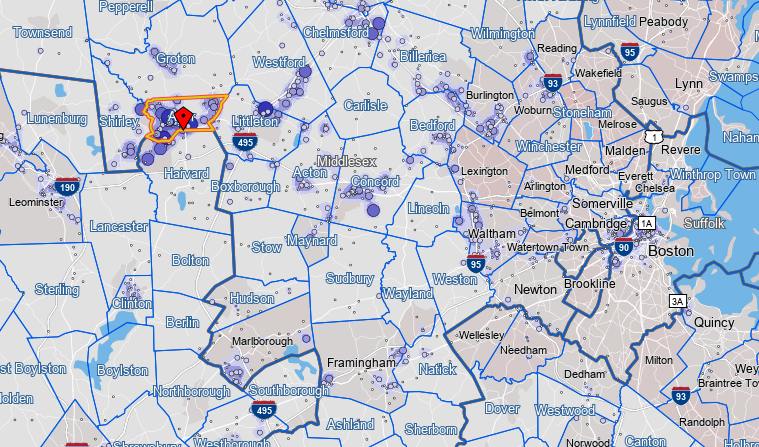
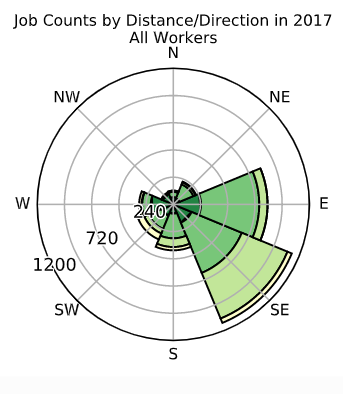
Those Employed in Ayer Commute from a Predominantly Western/Northern/Northwestern Direction

